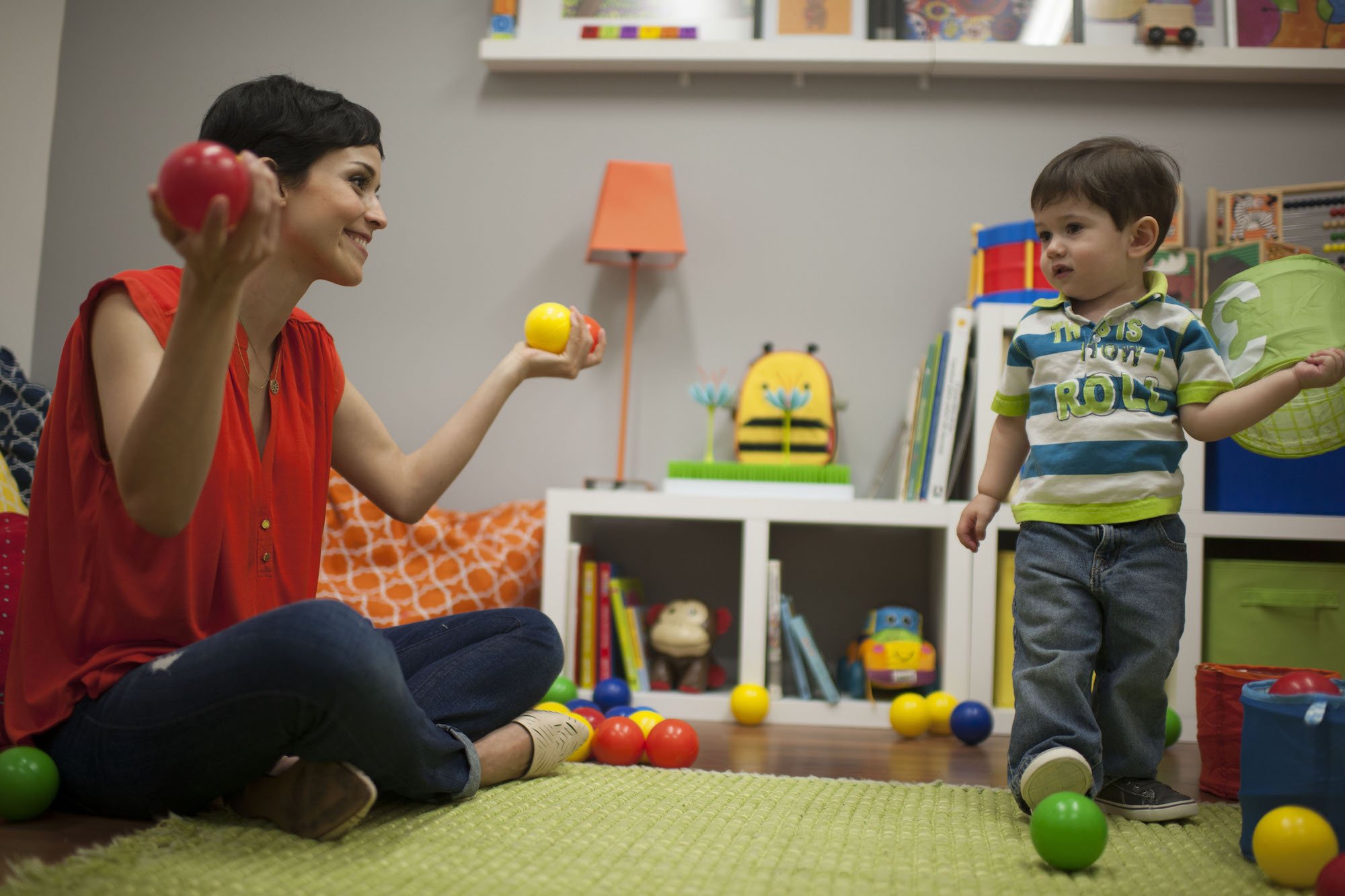Key Points:
1. Children are natural scientists, learning through observation and play, especially through cause-and-effect experiences.
2. Babies start understanding cause and effect around 3-6 months. They learn social cause and effect (e.g., crying leads to comfort) and physical cause and effect (e.g., shaking a rattle produces a sound). Babies continue to explore cause and effect as they grow, strengthening their understanding of the world.
Children have always learned by watching what people do around them; they are born curious scientists. Even the youngest children’s brains are designed to learn from simply observing and playing in a remarkably sensitive manner. Your relentless little researcher is intrigued by the cause and effect phenomenon, and will thus learn the most through play when they can cause things to happen or change.
Early in development, before babies are two years old, their curiosity flourishes and they start to understand the world around them as they begin to have new interesting experiences with toys. They learn that if they shake a rattle, they will hear a sound; or that if they throw a ball on the floor, it might bounce back up. The simplest toys can activate a baby’s senses and become a learning tool. Babies realize that they can cause things or reactions to occur, comprehending the cause and effect relationship.
Types of cause and effect relationships
-
Social
Babies learn about their power to change their environment from the simple early interactions they have with mom and dad. They learn that if they cry, they will be held and comforted or fed –learning that the world is a safe place. They also learn that if they smile, it will probably prompt you to smile back or lean down to kiss them. These basic forms of communication build and strengthen neural communications in a child’s brain that support the development of communication and social skills.
-
Physical
Babies learn they can control aspects of their environment –the child’s environment is critical in nurturing mathematical and scientific reasoning skills, as well as thinking processes. Many toys are designed to nurture a child’s development and stimulate the understanding of interesting cause-and-effect relationships. Children gain a sense of control with these toys because they realize that they can make sounds or bounce an object. As babies learn that every action has a reaction, they strengthen their understanding of cause and effect, increasing their sense of control over the world.
When will babies learn about cause and effect?
- Around 3-6 months of age, babies learn that if they cry, they will be comforted by their caregiver. They realize that there is a response to a specific behavior. Babies also show cause and effect when they turn to hear a loud noise or when they kick their legs to make their mobile move. Although parents may think that babies placing toys in their mouth is an indicator of teething, it also indicates that they are just exploring their environment through their senses –a key part of their development.
- At 8 months old, babies begin to explore through sound and buttons –by banging a drum or splashing their hands in the water, or pushing buttons to initiate an interaction with their caregiver. At this stage, your baby may love to experiment with different instruments!
- At 12-18 months of age, you will begin to realize that your little one loves dropping objects from their high chair. Your little sociologist is learning that if they drop something, you will pick the object back up. The more you respond by picking up the object, the more they will drop it to watch you pick it up again. Your baby is establishing conclusions when the patterns repeat themselves. At this age, children are training their capacity to perceive emotional reactions and they also get to know their parents better. Not only are they learning about their mom’s responses to their actions, but they are also discovering distance by listening to the sound that the object makes as soon as it touches the ground. They also learn by observing that the object gets smaller as it gets closer to the ground. Your baby’s brain begins to realize and understand complex world equations.
Remember that through simple observation, your little one will realize they can make predictions and figure out why things happen, they’ll learn to initiate interactions with others to gain their attention and receive stimulation, and they’ll notice they have the ability to discourage an interaction by looking away. Try to encourage your little one at this age to explore and play, so they can learn about their sense of control!








